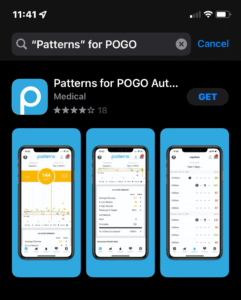Benefits of Vegetarian Diets
Eating less meat in your diet can feel intimidating, but it doesn’t have to be. Most people envision a diet of tofu and veggies. This is a common misconception. There are many new meat alternatives that taste very similar to meat. For example, there are meatless crumbles that can be used for tacos or spaghetti “meat” sauce, and the brand Morning Star has great meat alternatives including some delicious snack foods. You don’t necessarily need to make a sudden drastic change by completely cutting out all meat. You can start by introducing some meat substitutes or even start doing Meatless Monday.
Eating more plant-based foods can reduce the risk of heart disease, diabetes, cancer, osteoporosis, renal disease, and rheumatoid arthritis. In addition, it can lower blood pressure and decrease saturated fat intake. Plant-based proteins also contain more fiber, and fiber helps you feel full longer.
The biggest concern people have about switching to a plant-based diet is whether they will get enough protein. Protein is an essential macronutrient that is required for the body to properly function. Think of proteins as the building blocks for bones, muscle, skin, and hair. The Standard American Diet actually consists of more protein than is usually needed because we normally consume protein at every meal. We also get protein in other foods like dairy products, nuts, beans, eggs, and some pastas.
For a complete protein source, combine some of these complementary proteins:
Beans + Grains, nuts, and seeds
Grains + Legumes
Nuts/seeds + Legumes
Vegetables + Grains, nuts, seeds
Corn + Legumes
Try some of these vegetarian recipes:
Taco Casserole:
https://banisternutrition.com/taco-casserole-tuesday/
*substitute meatless crumbles for the ground turkey
Instant Pot Vegetarian Chili:
https://banisternutrition.com/instant-pot-vegetarian-chili/
Vegetable Lasagna Recipe:
https://banisternutrition.com/easy-vegetable-lasagna-recipe/
Chicken Pot Pie Made Healthy:
https://banisternutrition.com/chicken-pot-pie-made-healthy/
*substitute plant based chicken strips for the chicken (We promise, it tastes just as good!)
KR

